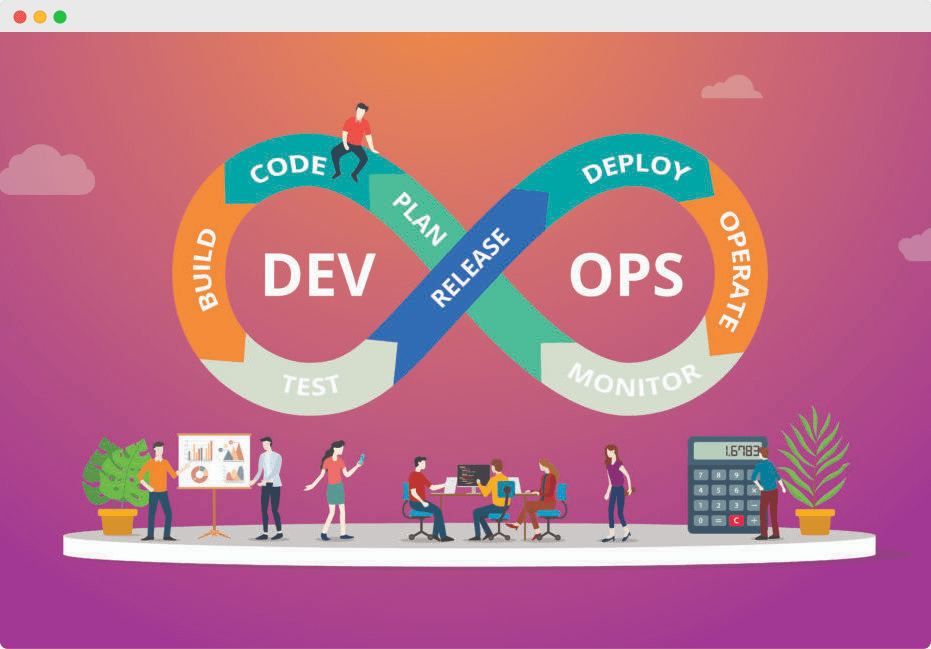Have you ever wondered why some organizations deliver software faster and more efficiently than others? The secret often lies in how well they adopt DevOps solutions. DevOps is more than just a set of tools; it is a culture that bridges the gap between development and operations teams. When implemented correctly, it can enhance collaboration, speed up deployments, and improve software quality. However, simply adopting DevOps is not enough. Here are the best practices to ensure a smooth and successful Devops Certification implementation.
Build a Culture of Collaboration
DevOps thrives on teamwork. Traditionally, development and operations teams worked in silos, leading to inefficiencies and delays. To overcome this, businesses must promote open communication and shared responsibility. Teams should align their goals and understand they are working towards a common objective, delivering high-quality software quickly and reliably.
Encouraging regular meetings, using collaboration tools, and fostering a culture of transparency can significantly improve teamwork. Additionally, leadership plays a crucial role in setting the tone for collaboration. Employees who see their managers promoting a DevOps culture are likelier to adopt the mindset.
Automate Where Possible
Automation is the backbone of DevOps. Manual processes slow down software delivery and increase the risk of errors. Organizations can achieve faster and more reliable results by automating tasks like code testing, deployment, and monitoring.
Automation also improves consistency. Whether infrastructure management or security compliance, automated processes ensure that every deployment follows the same standards. This reduces the chances of human error and allows teams to focus on innovation rather than repetitive tasks. OpenText offers various automation tools that help businesses streamline their workflows, making DevOps adoption smoother and more effective.
Use Continuous Integration and Continuous Deployment (CI/CD)
A successful DevOps strategy depends on continuous integration and deployment (CI/CD). This practice ensures that code changes are tested and deployed quickly, reducing bottlenecks in software delivery. By integrating code frequently, teams can detect and fix issues early in the development cycle.
With CI/CD, developers can commit changes regularly, and automated tests validate the code before it moves to production. This minimizes risks and prevents last-minute failures. Organizations implementing CI/CD pipelines experience shorter development cycles, increased productivity, and improved software stability. A well-structured CI/CD process enables rapid feedback, helping teams refine their applications efficiently.
Monitor and Measure Performance Continuously
Monitoring is a crucial aspect of DevOps that often gets overlooked. Without proper tracking, teams cannot identify performance issues before they escalate. Effective monitoring involves monitoring system health, response times, and error rates. This data helps businesses improve their applications and ensure a seamless user experience.
By setting up real-time alerts and dashboards, teams can proactively address problems before they impact end users. Monitoring also enables data-driven decision-making, allowing organizations to fine-tune their processes and improve efficiency.
Emphasise Security from the Start
Security should never be an afterthought in DevOps. Organizations should integrate security practices from the beginning instead of treating them as a separate process. This approach, often called DevSecOps, ensures that security is embedded in every stage of development.
Teams can reduce security risks by conducting regular security assessments, using automated vulnerability scans, and implementing access controls. Training employees on best security practices also helps prevent breaches and data leaks. A secure DevOps environment not only protects sensitive information but also builds trust with customers. Implementing DevOps is not just about adopting tools; it requires a cultural shift, automation, and a strong focus on efficiency. Organizations that prioritize collaboration, automation, CI/CD, monitoring, and security can unlock the true potential of DevOps. By following these best practices, businesses can streamline their development processes, reduce risks, and enhance software quality.





